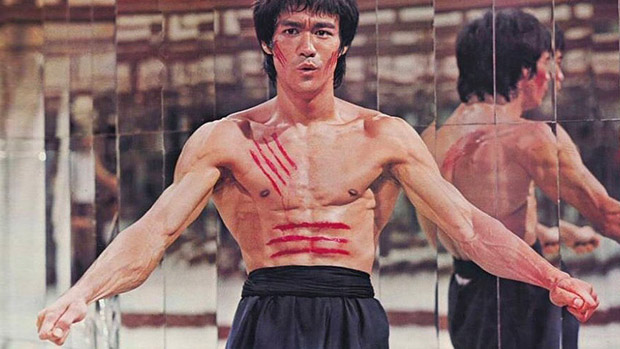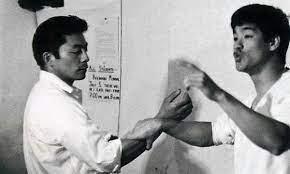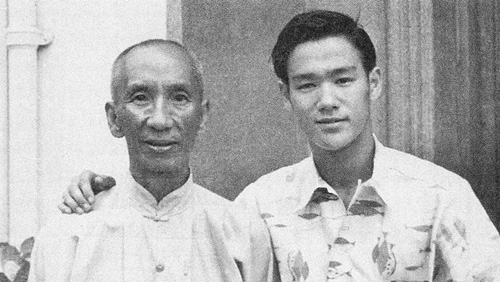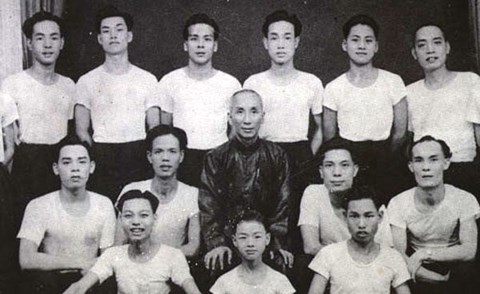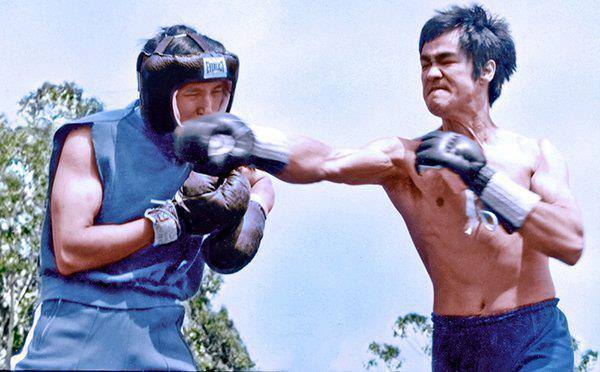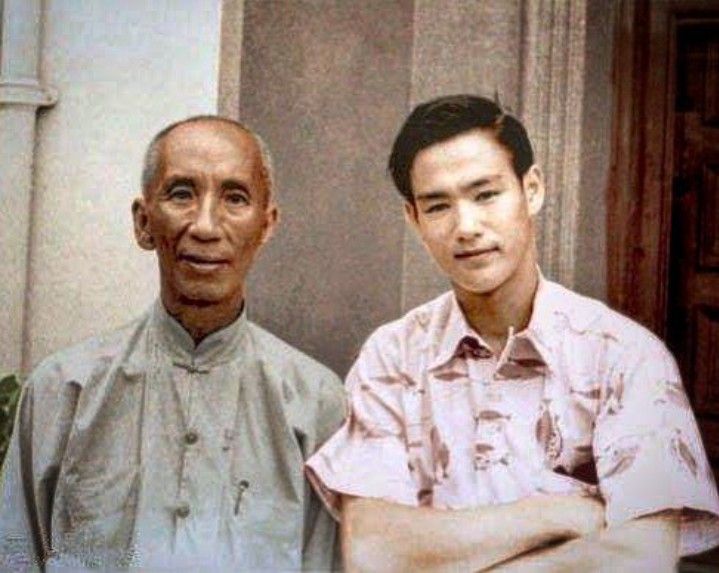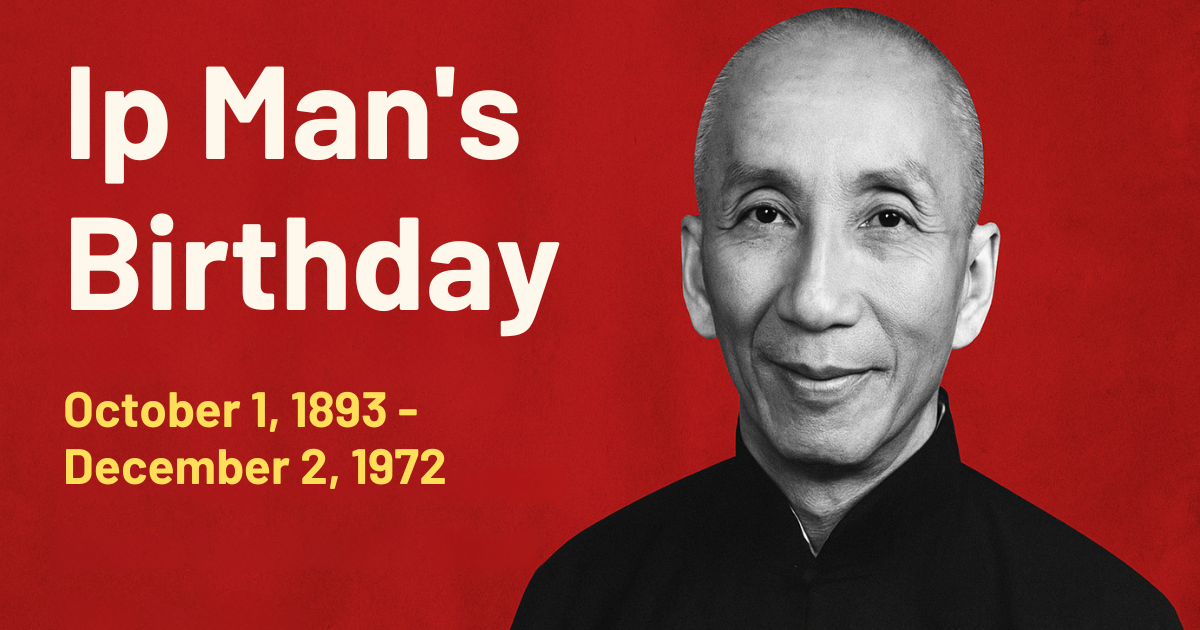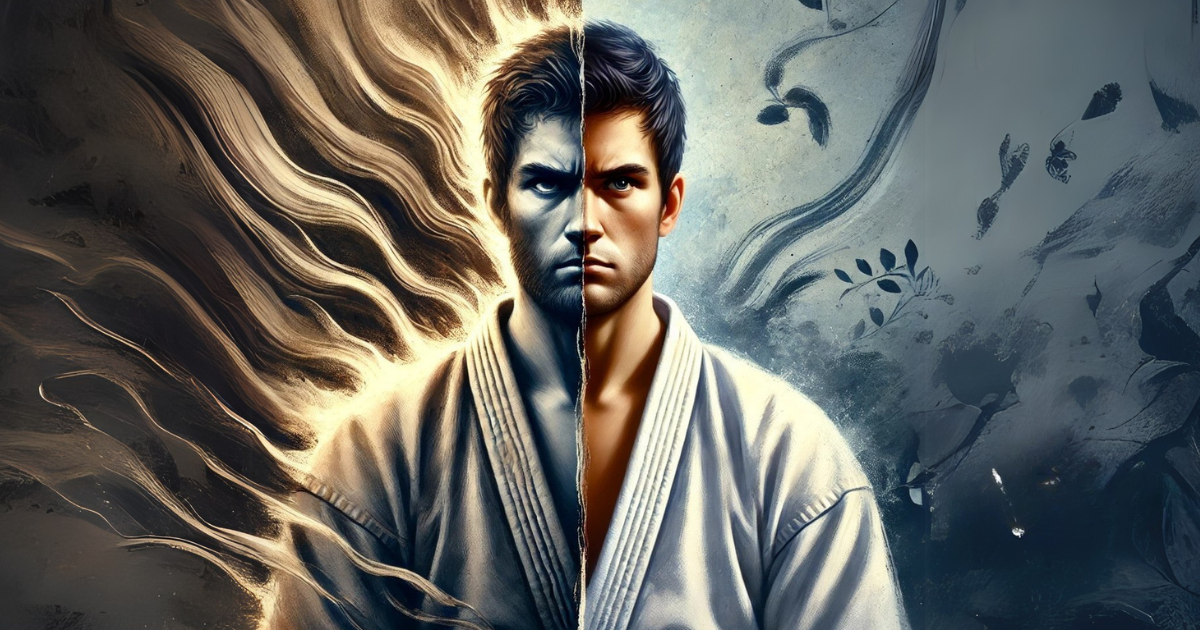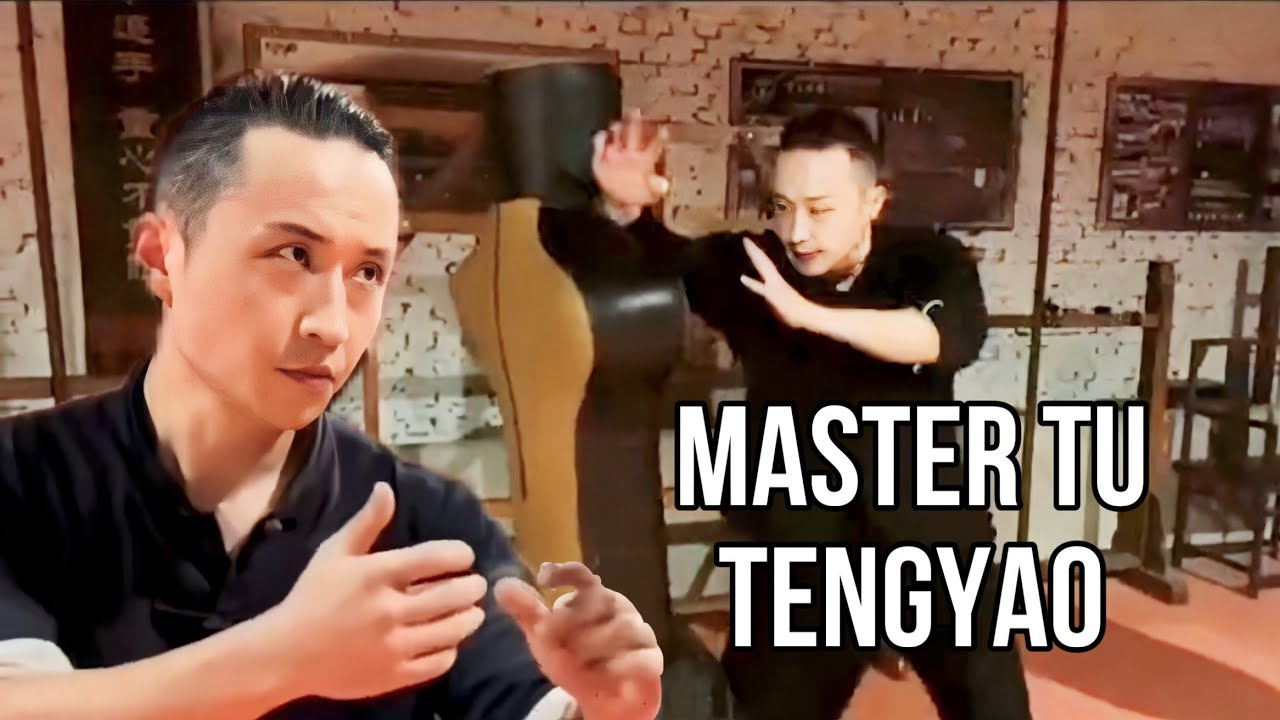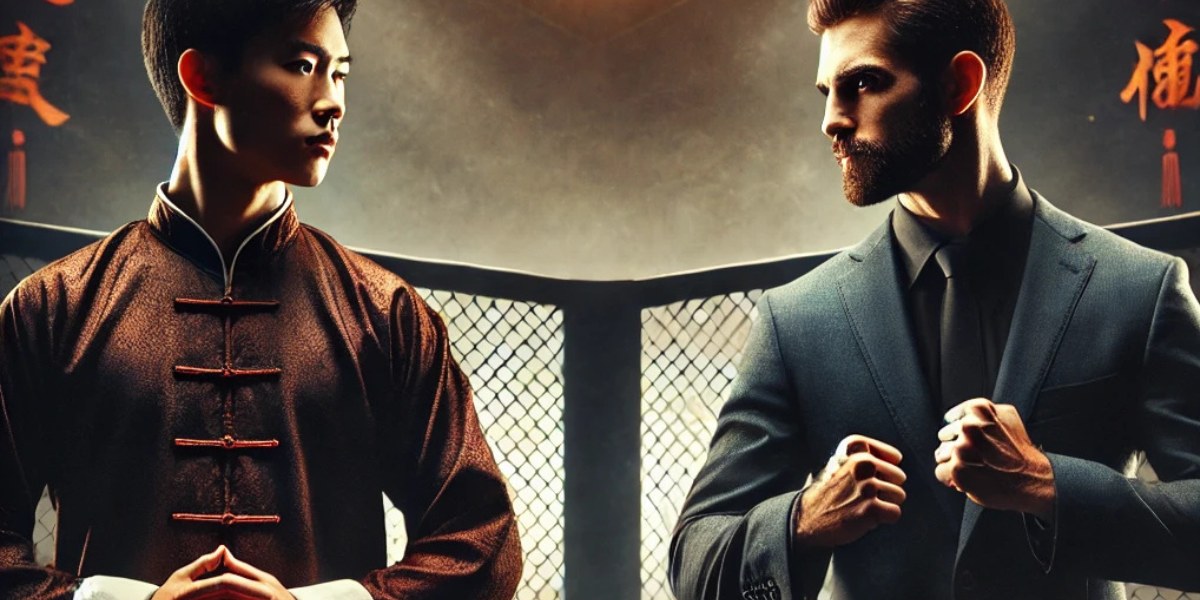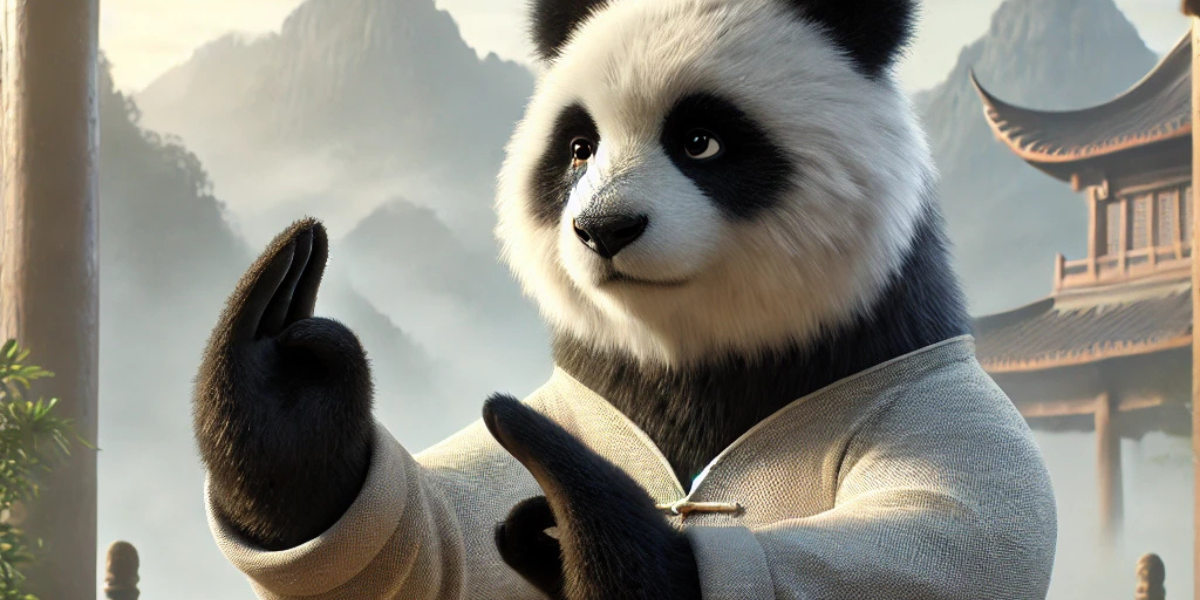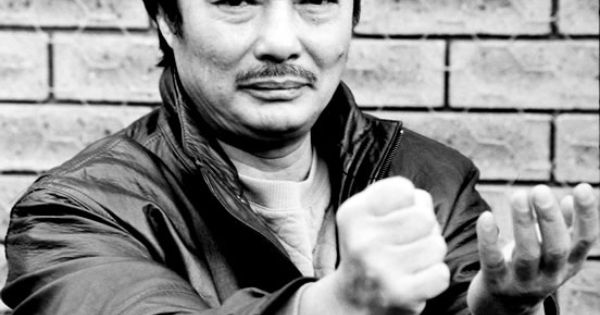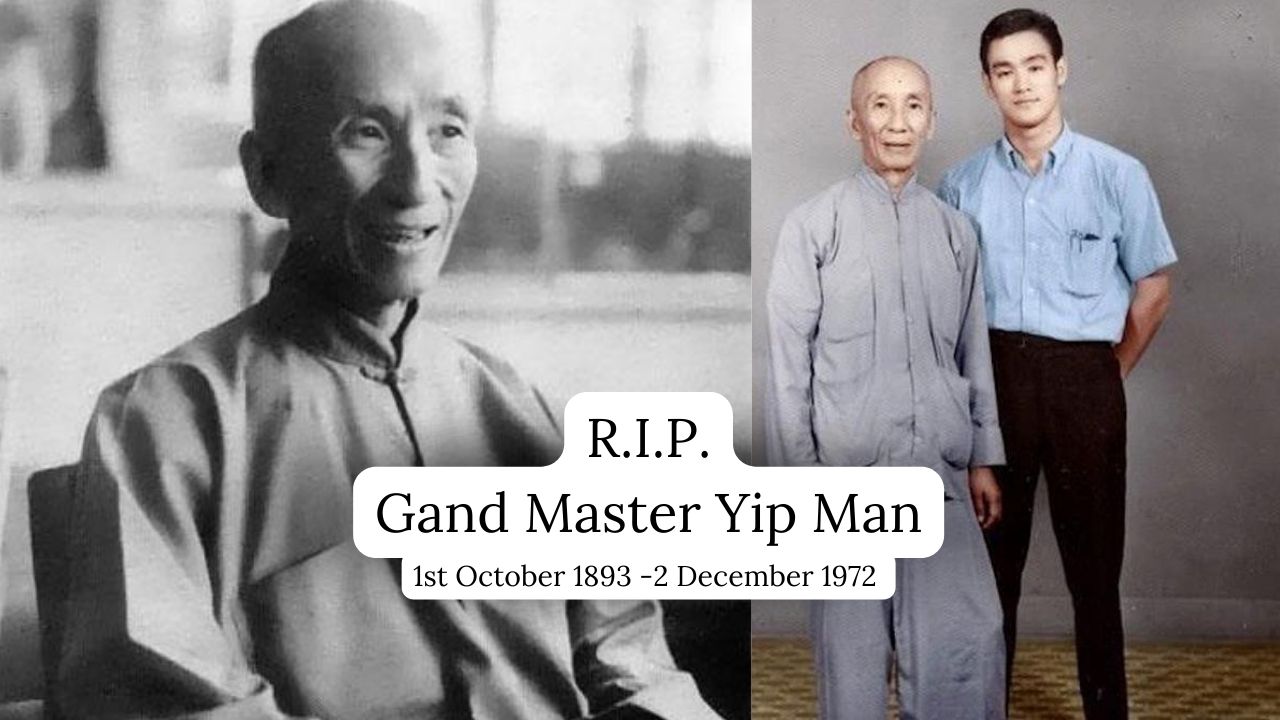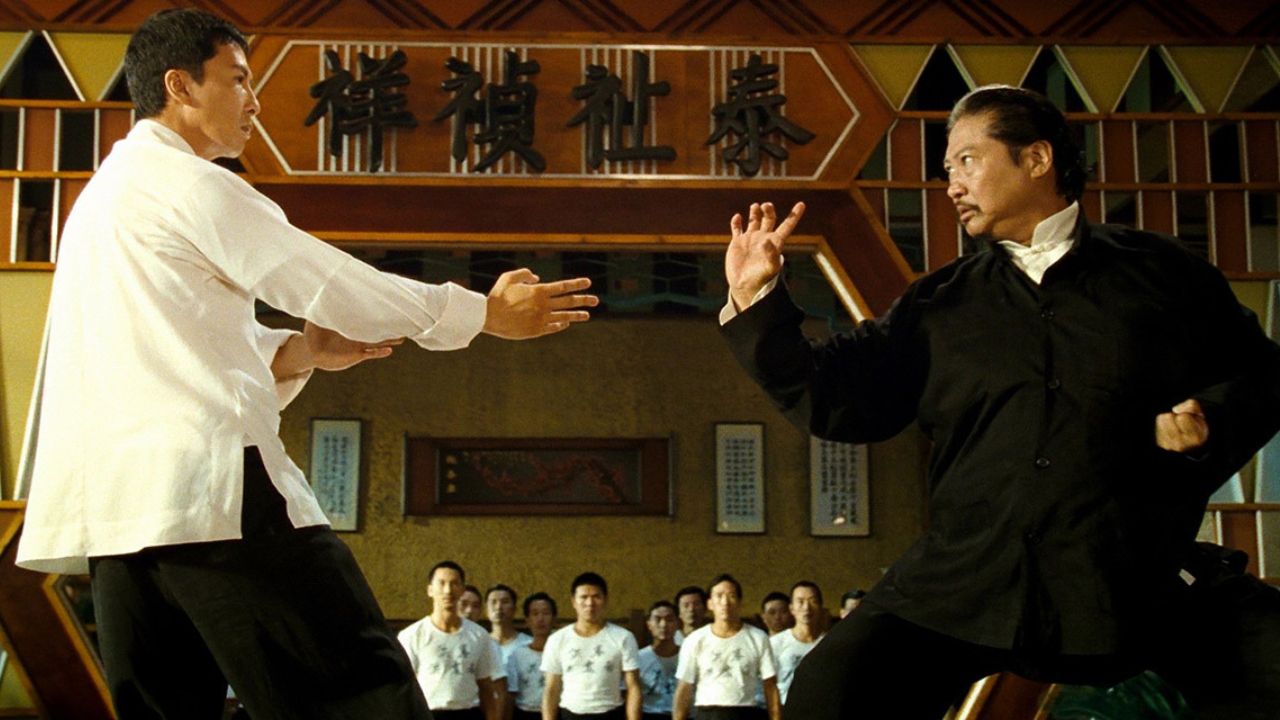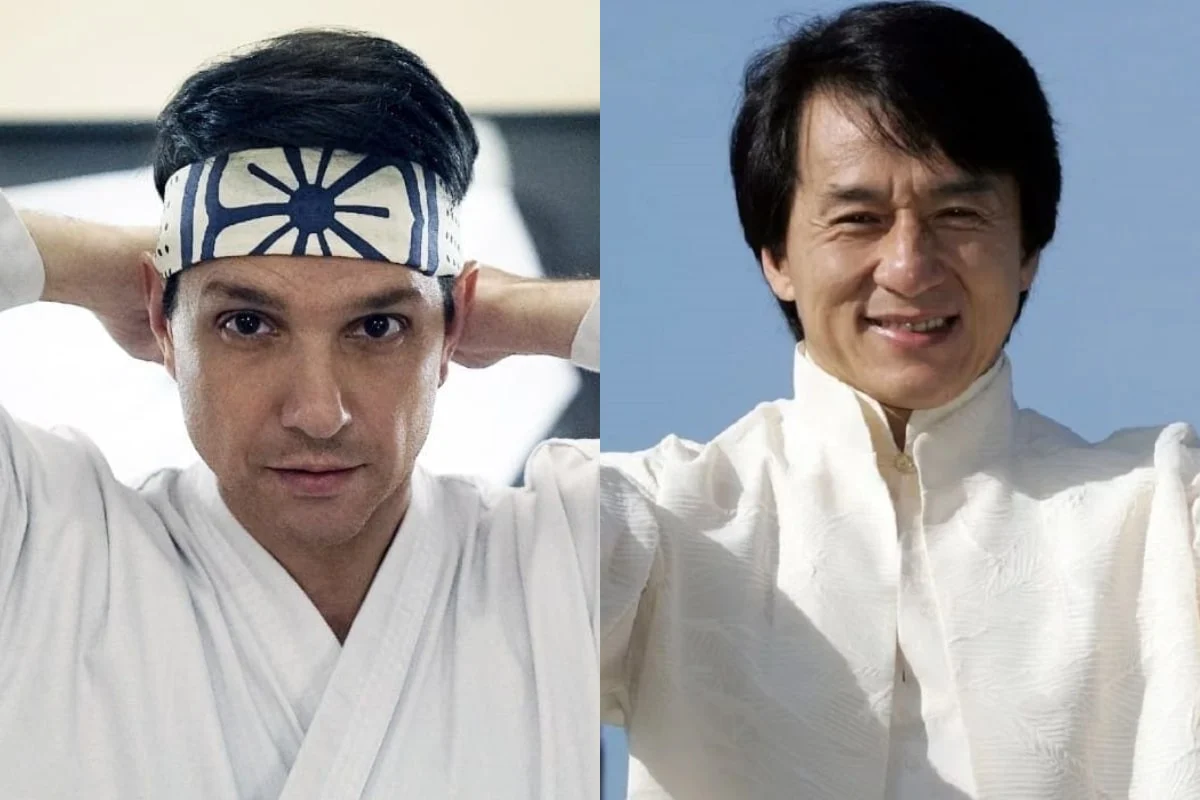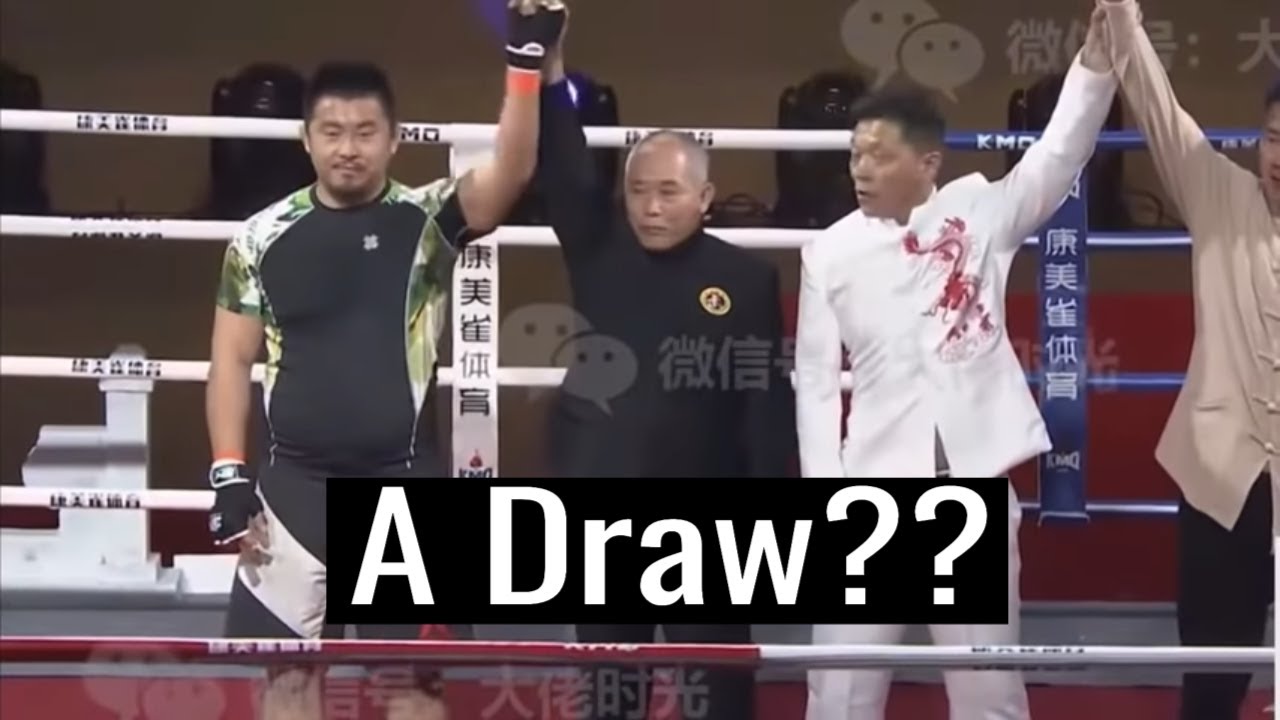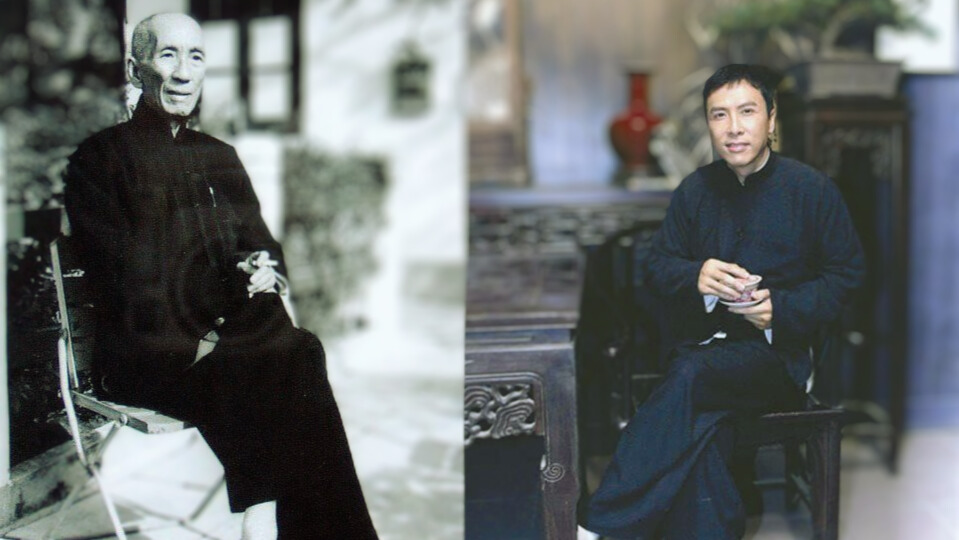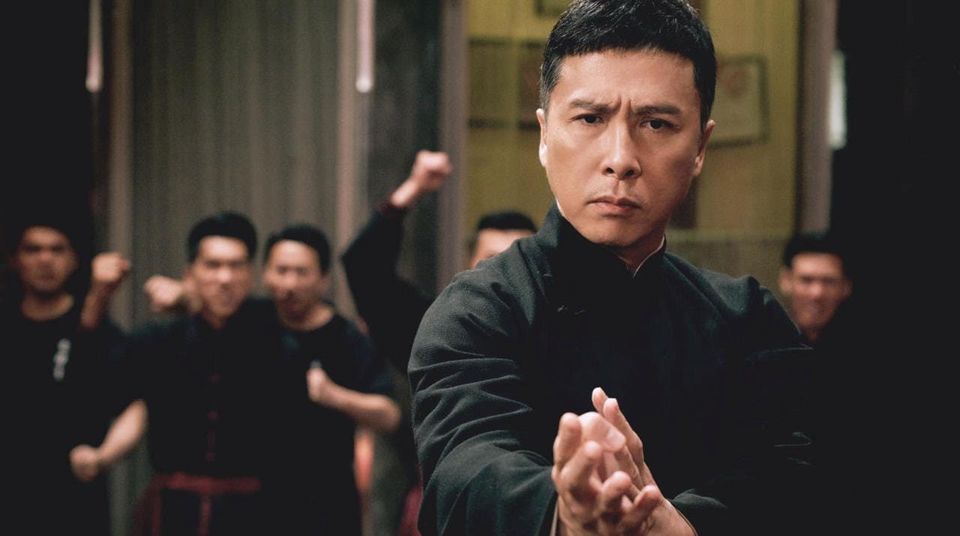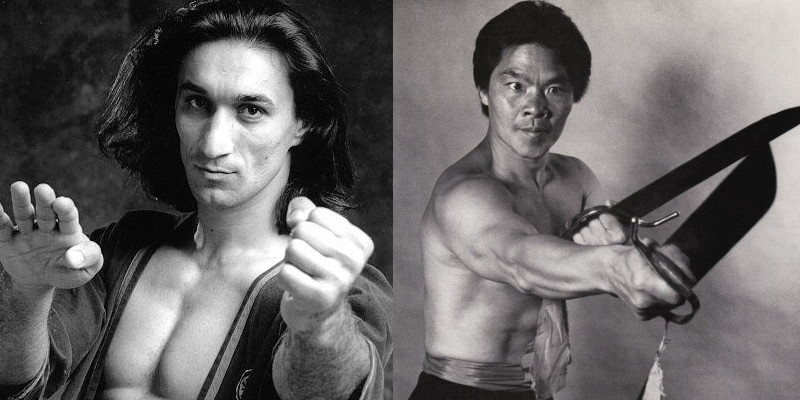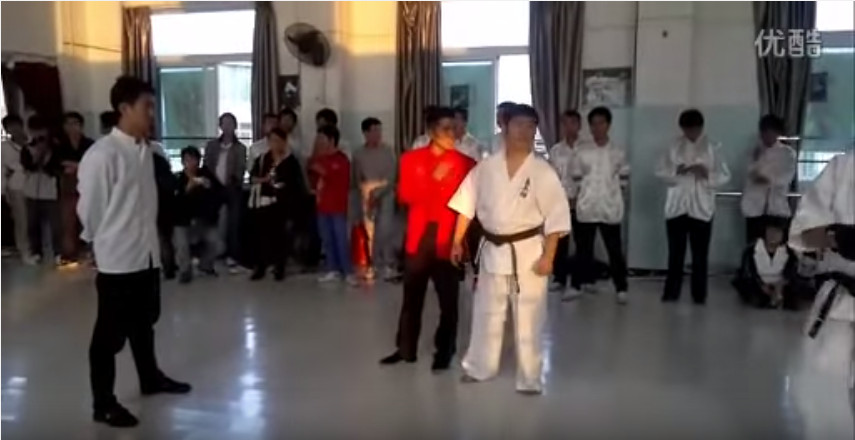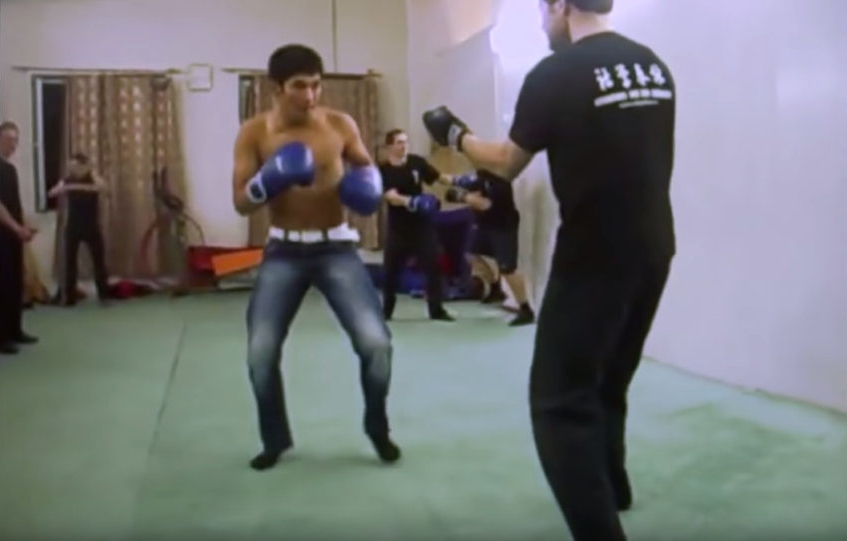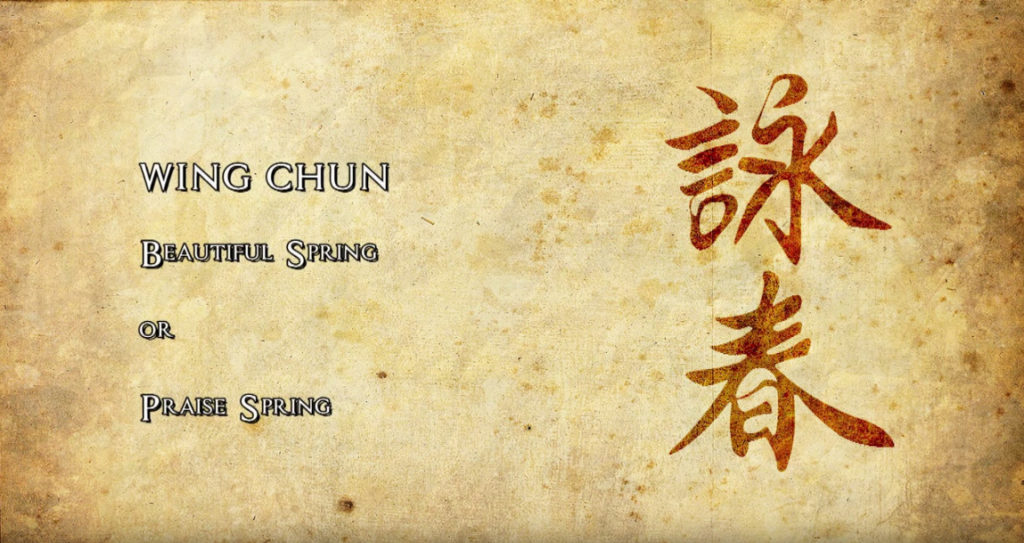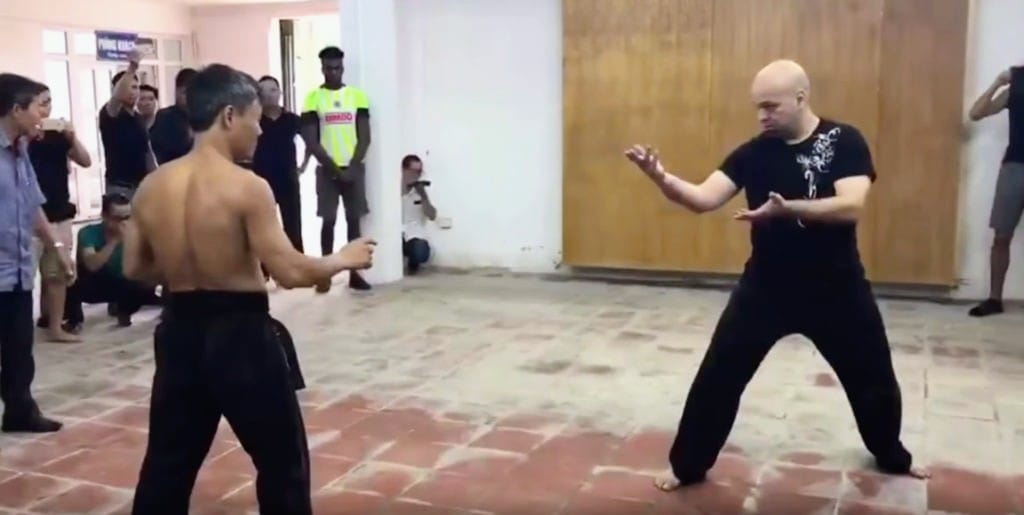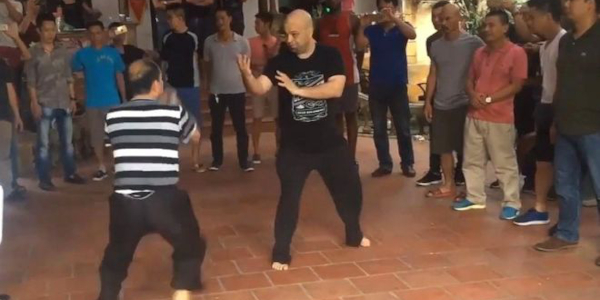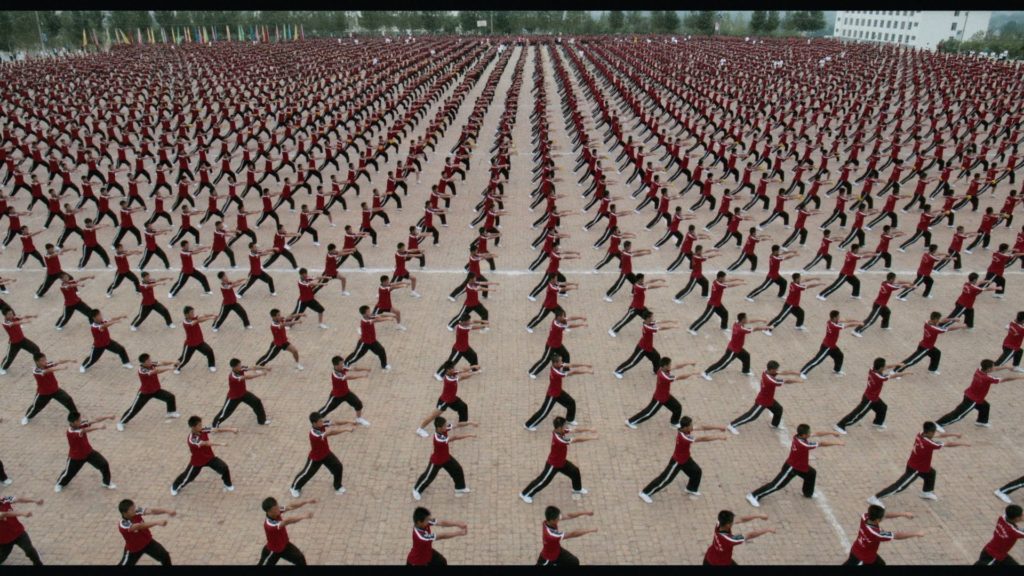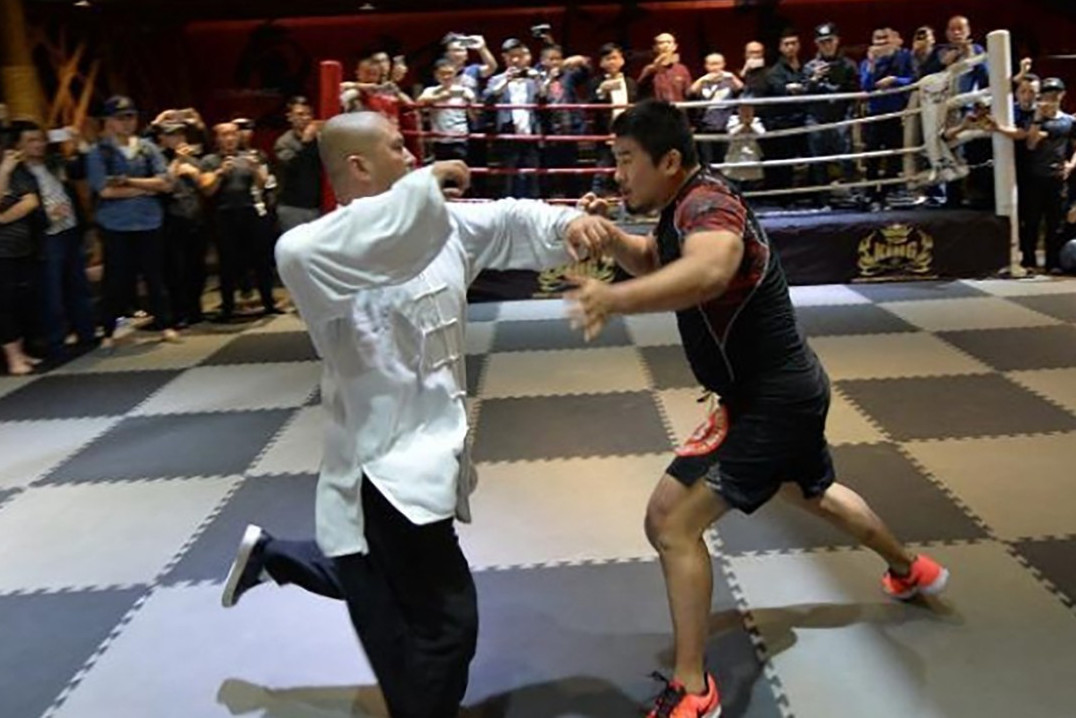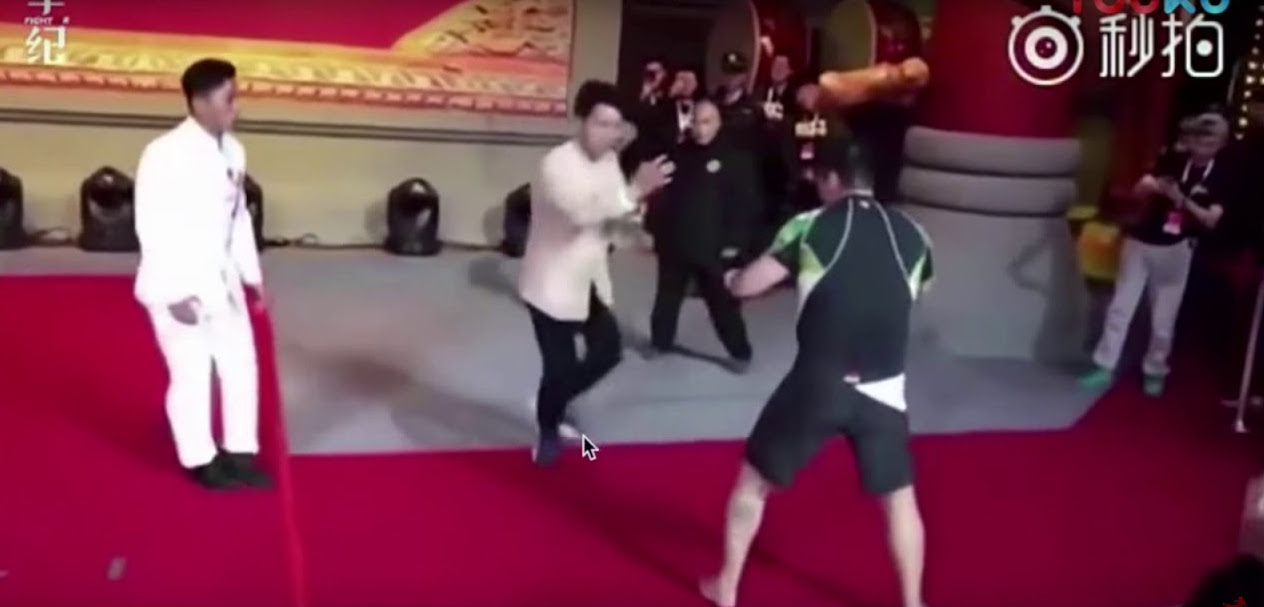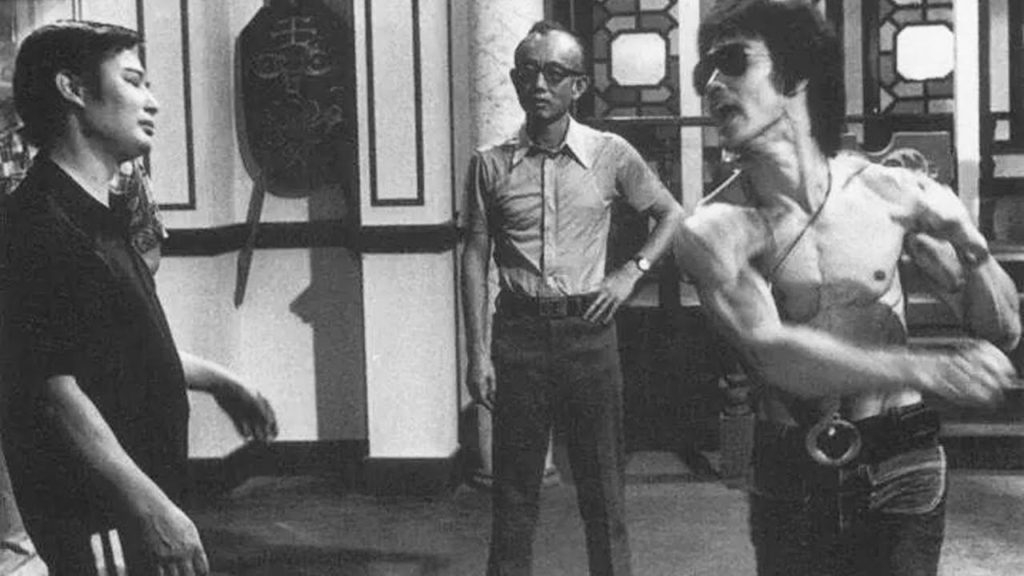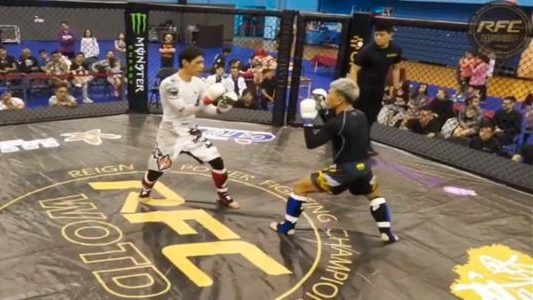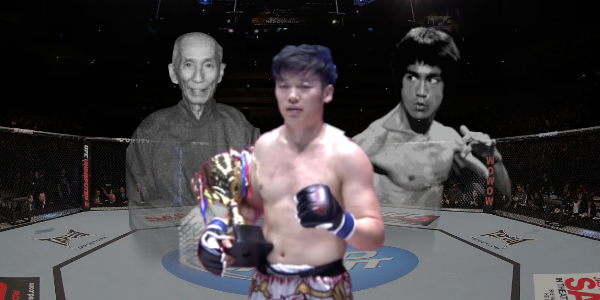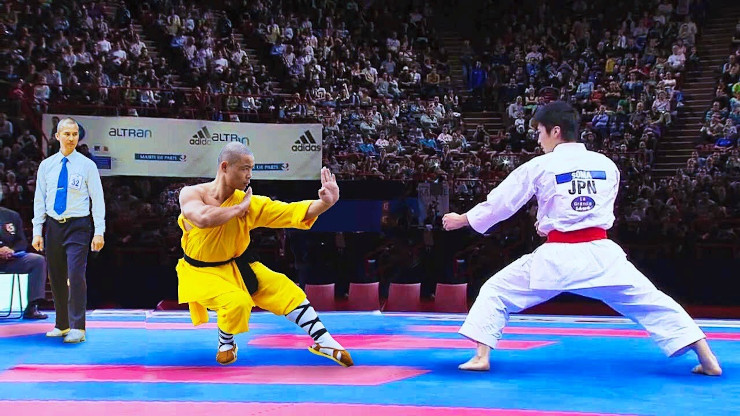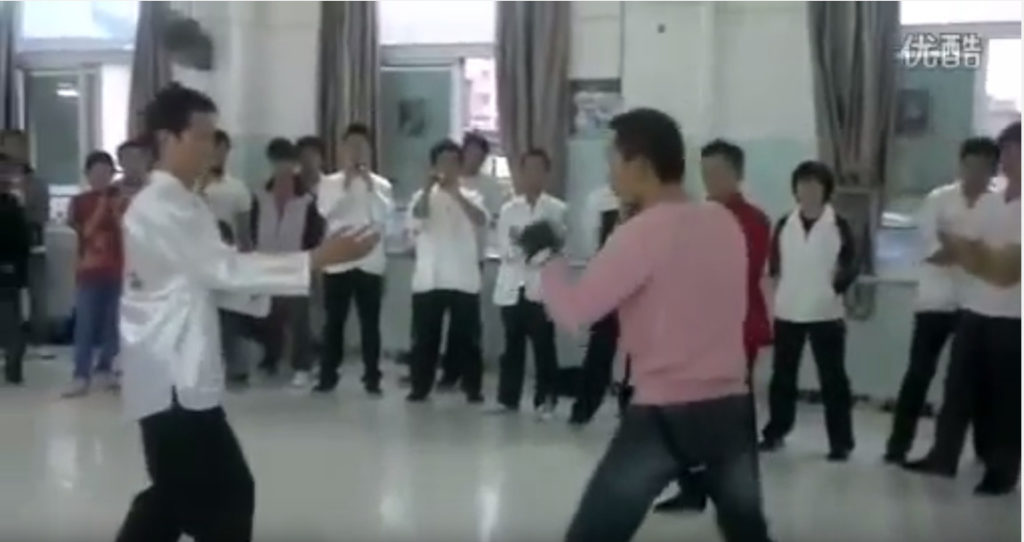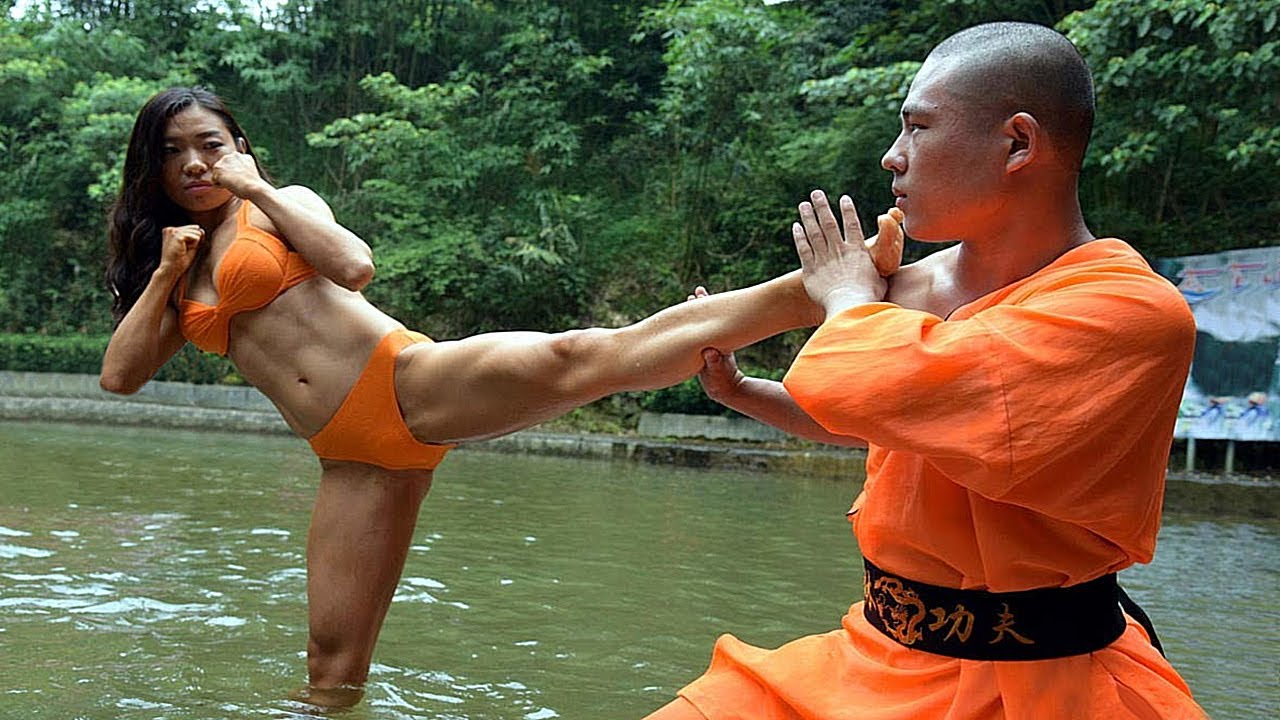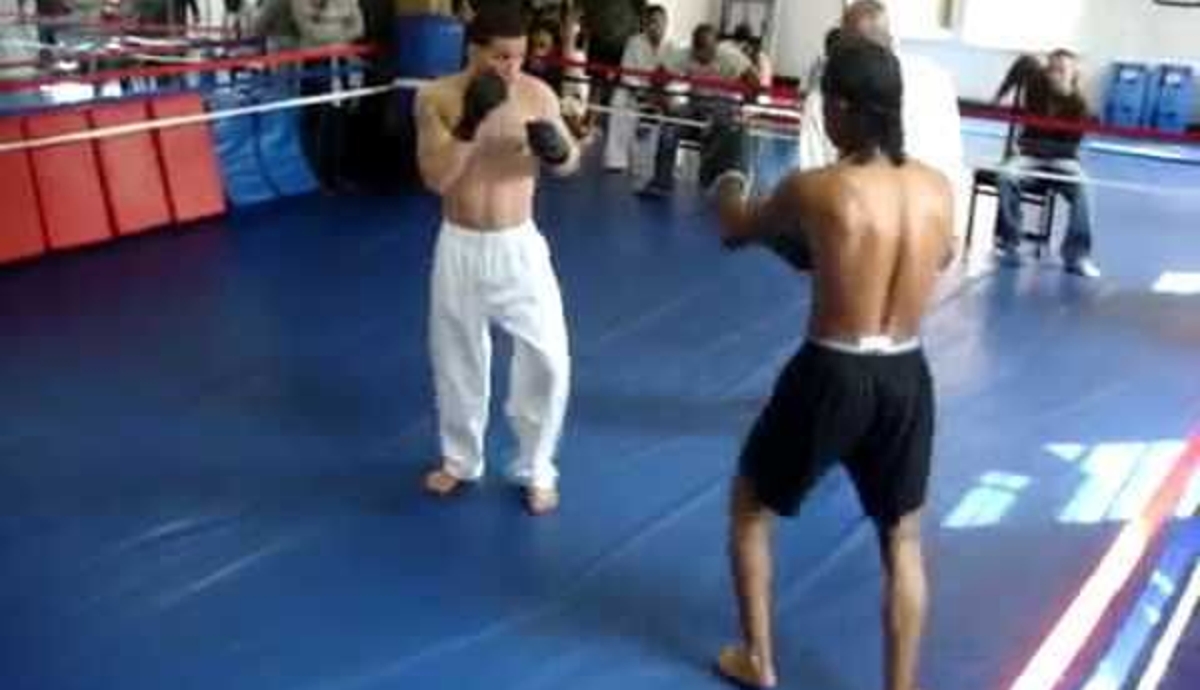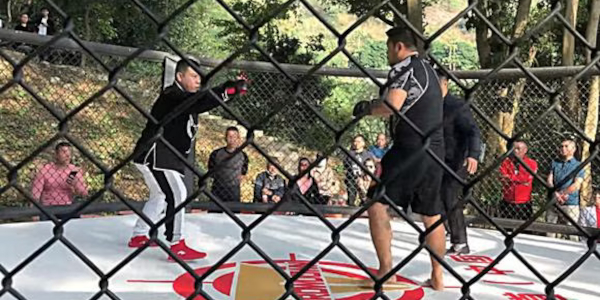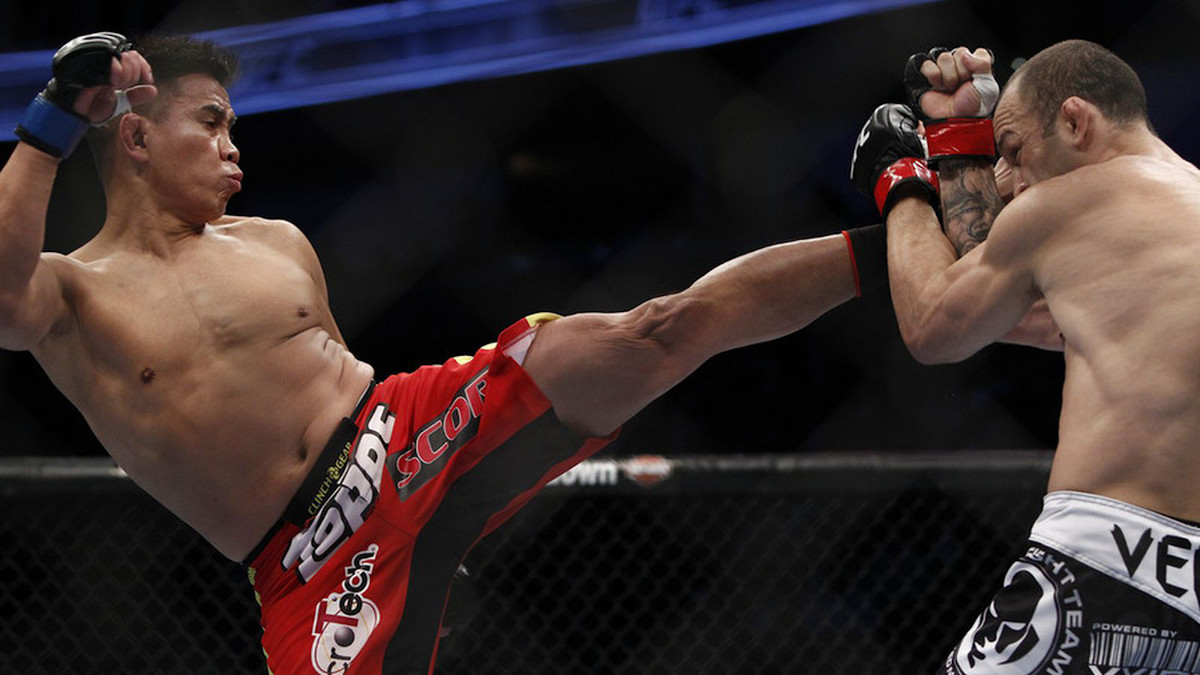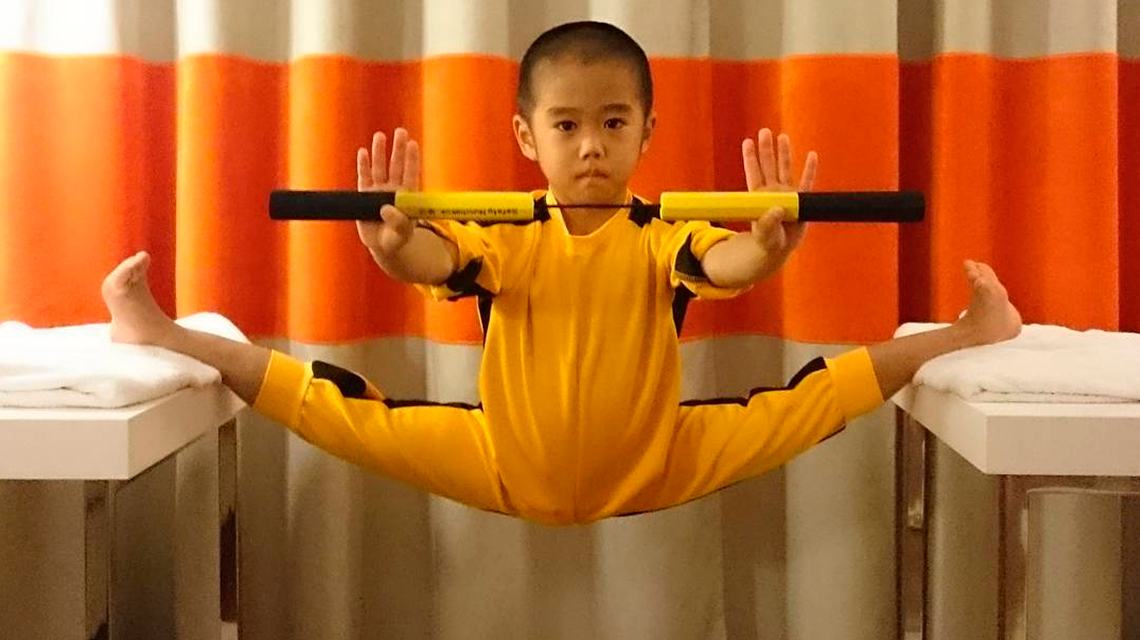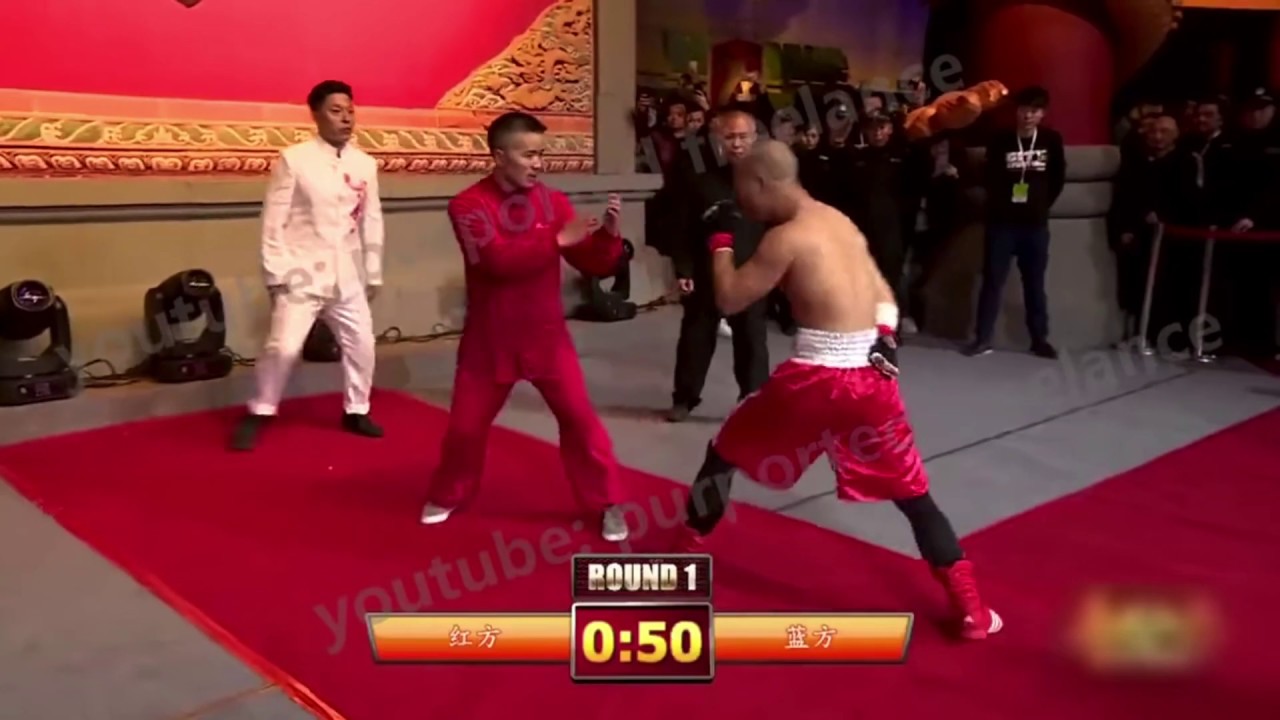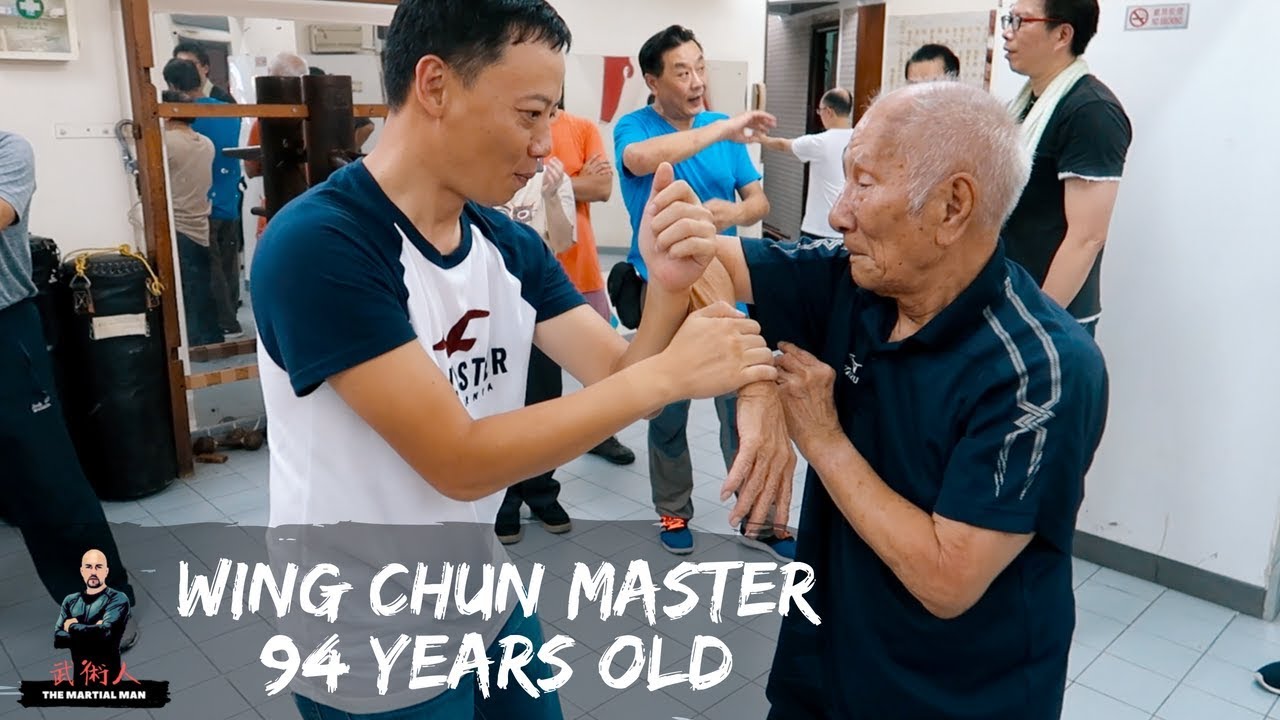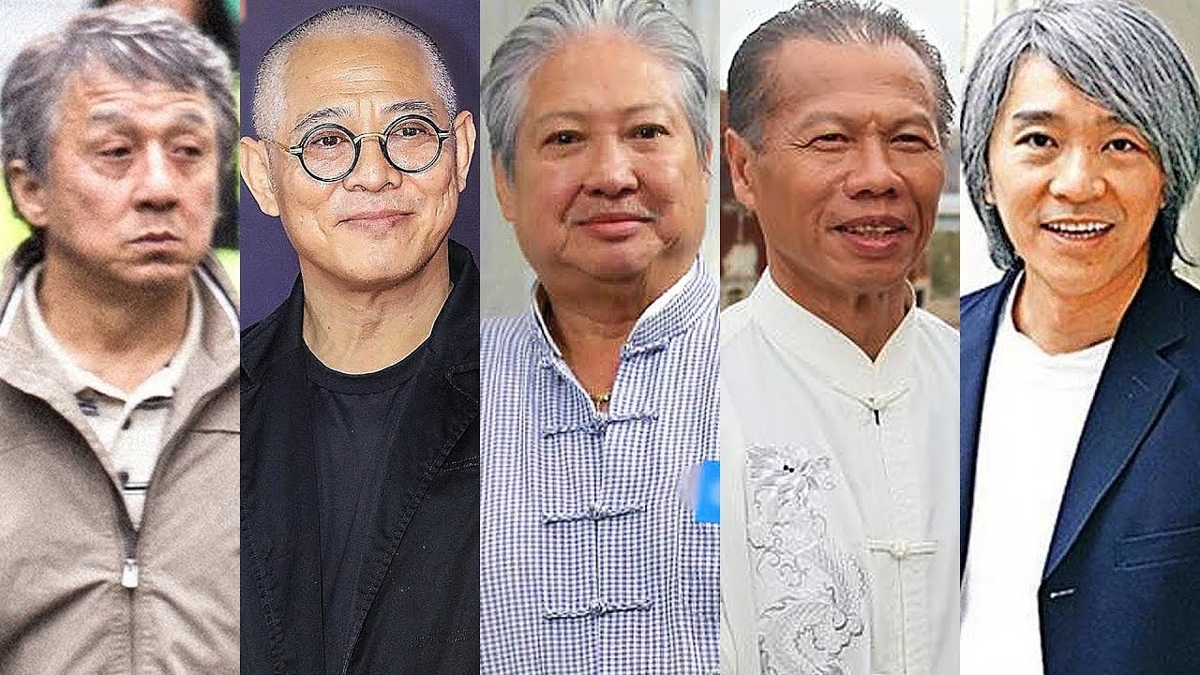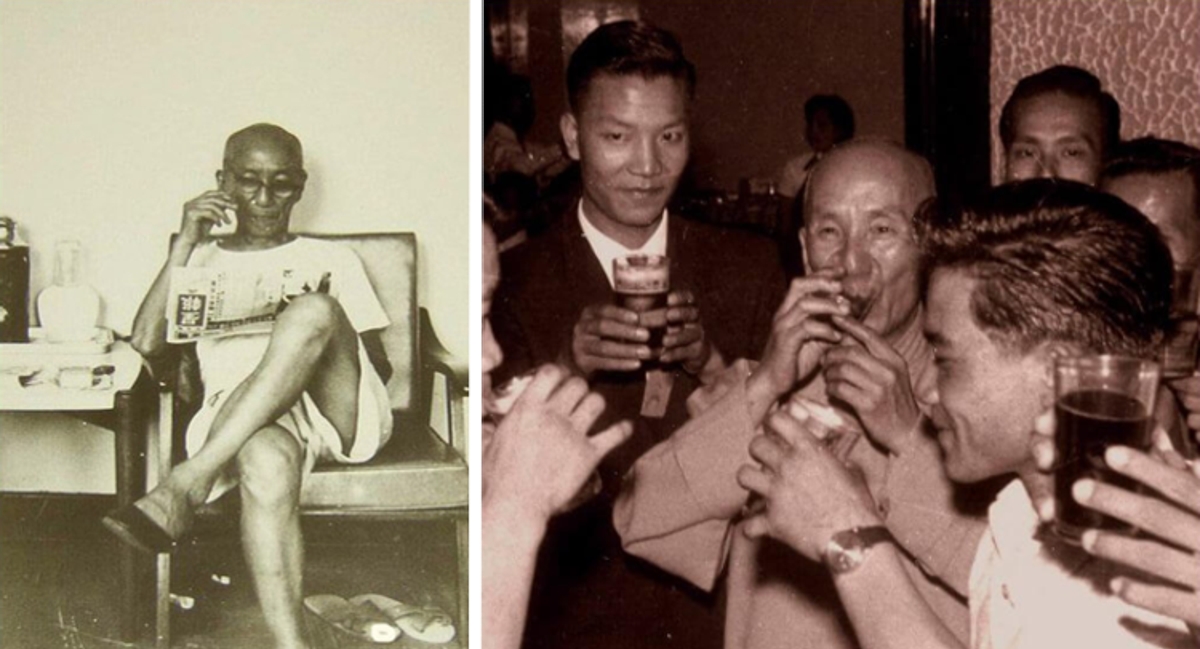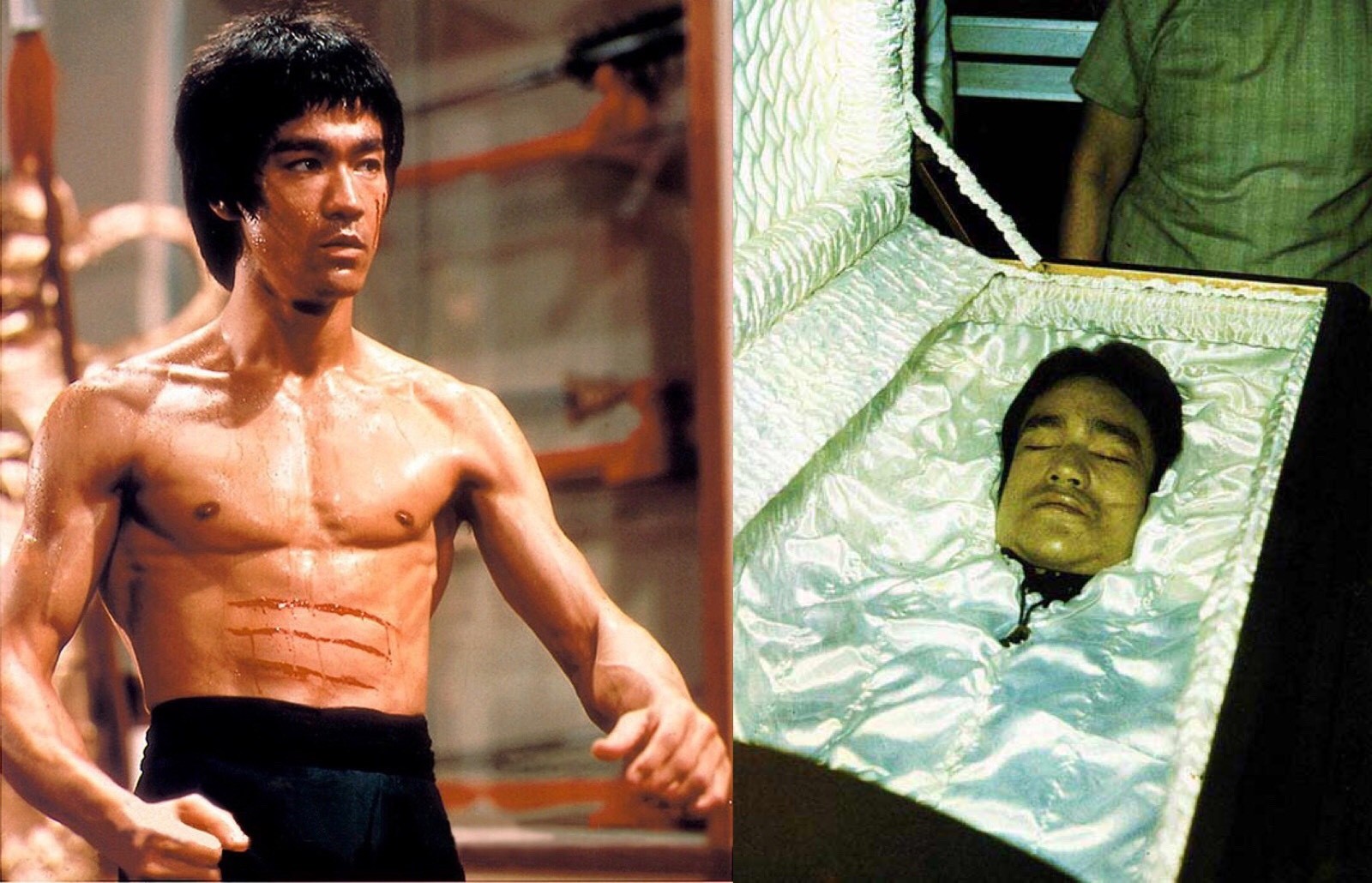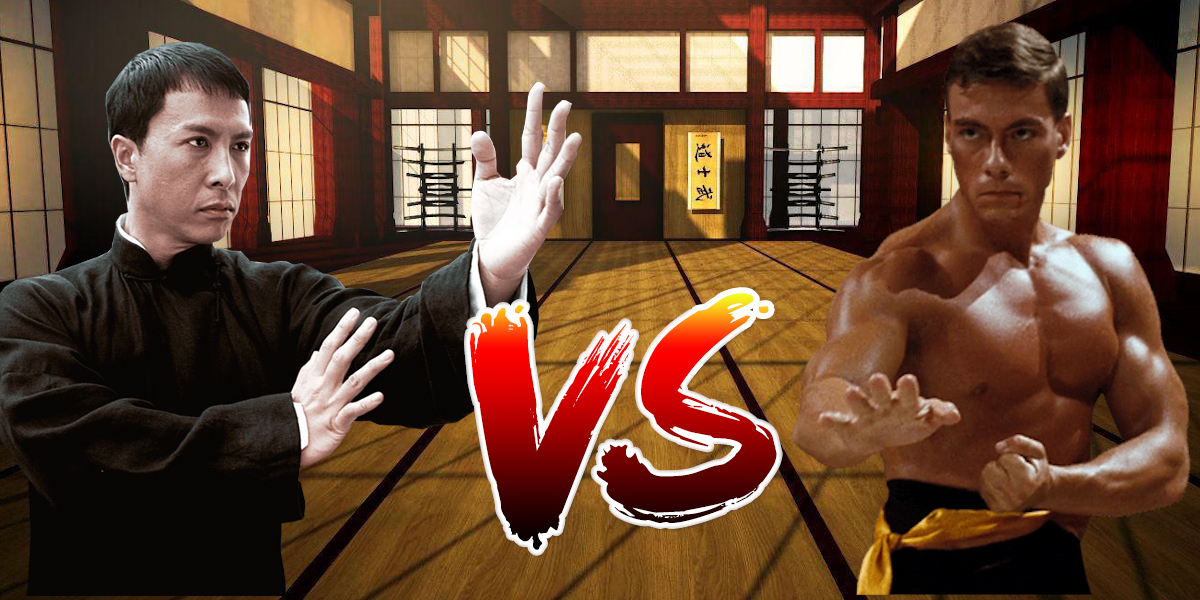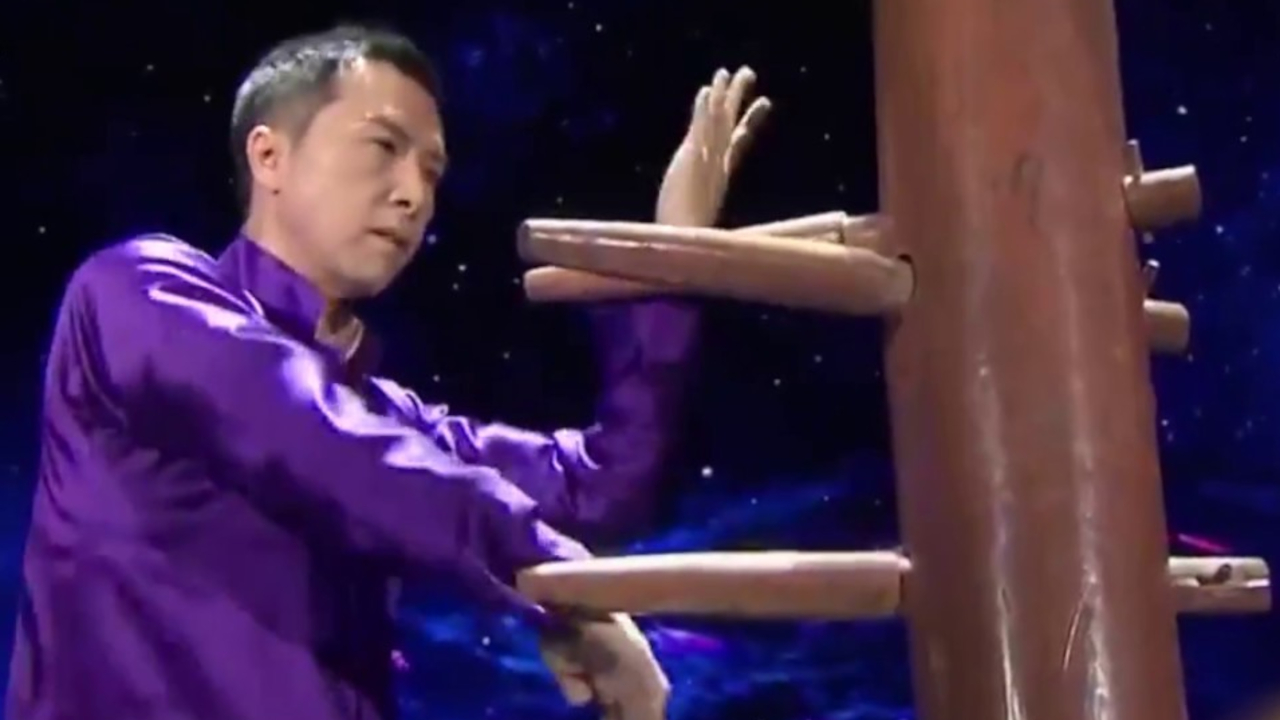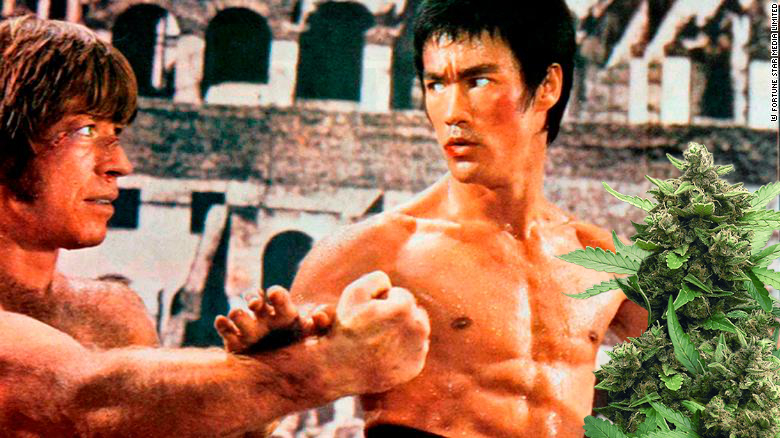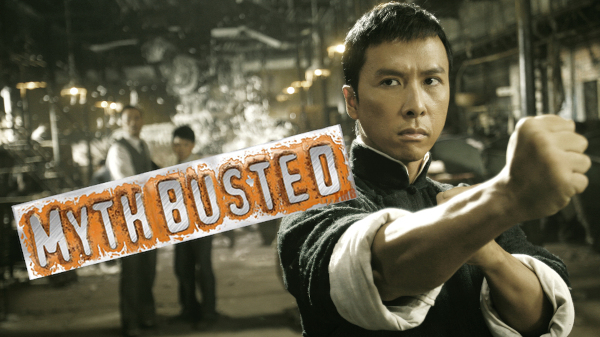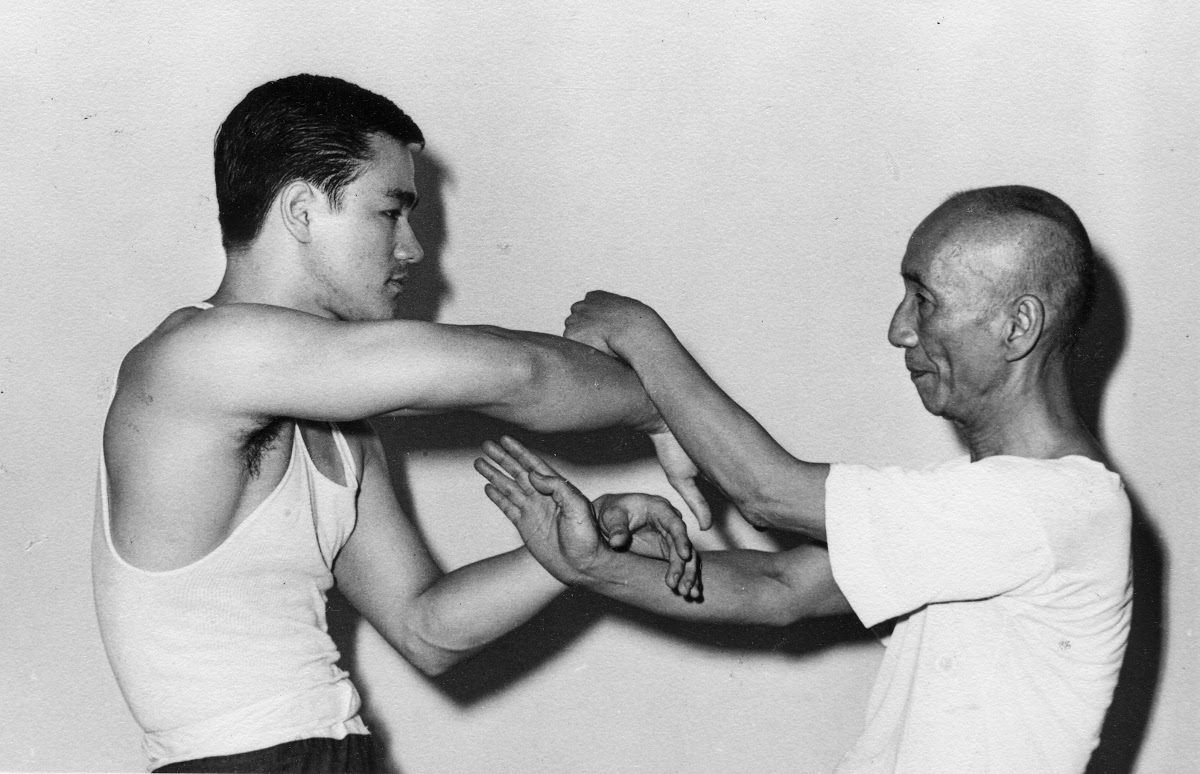The Impact of Wing Chun on Bruce Lee's Jeet Kune Do
Reading time: 6 minutes
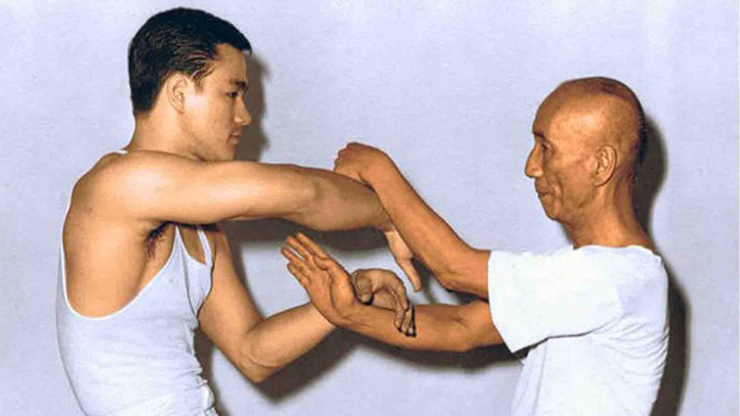
What was the Impact of Wing Chun on Bruce Lee and the martial art that he created - Jeet Kune Do?
Bruce Lee is a martial arts legend and an icon of the martial arts world. He is widely regarded as one of the most influential martial artists of all time, and his influence can be seen in nearly every aspect of martial arts today.
His iconic martial art style, Jeet Kune Do (JKD), is a synthesis of different martial arts techniques and philosophies, and it has been adopted and modified by martial artists all over the world. But what many may not know is that the foundation of JKD was heavily influenced by the Chinese martial art of Wing Chun.
Bruce Lee and his Influence on Modern Martial Arts
Bruce Lee was born in San Francisco in 1940 and raised in Hong Kong. He began training in Wing Chun at the age of 13, and by the time he was 18 he was already a proficient martial artist.

He eventually moved to the United States and opened the Jun Fan Gung Fu Institute in Seattle in 1964. His martial art style, Jun Fan Gung Fu, was heavily influenced by Wing Chun and focused on close-range combat. He also incorporated elements from other martial arts, such as fencing and boxing.
Lee was an innovator who was always looking for new ways to improve his martial art. He was constantly experimenting and refining his techniques, which eventually led to the development of Jeet Kune Do. He began teaching JKD in 1967, and it quickly became popular among martial artists.
JKD is a hybrid style of martial arts that combines elements from Wing Chun, Boxing, Fencing, Muay Thai, and other martial arts. It emphasizes speed, agility, and fluidity in combat, and it is considered to be one of the most effective martial arts styles in the world.
Bruce Lee's Meeting with Ip Man
The meeting between Lee and Ip Man was a pivotal moment in Lee's martial arts career. Ip Man was known for his teaching style and his ability to adapt Wing Chun to fit the needs of his students.
Why Did Yip Man stop Teaching Bruce Lee?

During their training sessions, Ip Man taught Lee about the principles and techniques of Wing Chun, and he also introduced him to new concepts and ideas that would later become an integral part of JKD.
The Evolution of Wing Chun
Wing Chun is a relatively young Chinese martial art that was developed during the Qing Dynasty. It is a close-range combat style that emphasizes speed, efficiency, and agility. It is based on the principles of balance, the economy of motion, and controlled aggression.
Wing Chun is also known for its close-range trapping techniques, which involve trapping an opponent's limbs and body in order to control their movements.
Wing Chun has evolved over the centuries, and Ip Man was one of the most influential figures in its development. He was responsible for popularizing the art and introducing it to the West through his best students.
e also developed his own version of Wing Chun, which he called "Ving Tsun." This version of Wing Chun focused on simplicity and directness in combat. Ip Man's teachings have been adopted by many Wing Chun practitioners around the world, and his influence can be seen in the martial arts of Bruce Lee, JKD, and many others.
The Idea Behind Jeet Kune Do
Jeet Kune Do was created by Bruce Lee as a way to combine the principles of Wing Chun with other martial arts styles. Lee believed that martial arts should be constantly evolving and adapting to fit the needs of the practitioner.
He wanted to create a martial art that was simple, direct, and effective. He drew upon his experience with Wing Chun, boxing, Muay Thai, and other martial arts to create JKD.
The main idea behind JKD is to use the most efficient and effective techniques from each martial art to create one unified style. JKD is a hybrid style that incorporates elements from many different martial arts.

It is a unique style that emphasizes speed and fluidity in combat. It also emphasizes the idea of "direct attack," which means to attack the opponent without hesitation or pause.
Jeet Kune Do Nowadays
Today, Jeet Kune Do is still one of the most popular martial arts styles in the world. It is practiced by martial artists of all levels, from beginners to experts. It is also used in many martial arts competitions, and its practitioners can be found in gyms and dojos all over the world.
JKD is still heavily influenced by Wing Chun and other martial arts. The principles and techniques of Wing Chun are still at the core of JKD, and practitioners of JKD continue to use and refine the concepts of Wing Chun in their training.
Bruce Lee's legacy lives on through JKD, and it continues to be a powerful and effective martial art.
Impact of Wing Chun on Bruce Lee

The impact of Wing Chun on Bruce Lee and his Jeet Kune Do is undeniable. Wing Chun was the foundation of JKD and provided Lee with the tools he needed to become one of the most influential martial artists of all time.
The principles and techniques of Wing Chun are still being used and refined in JKD today, and they will continue to be an integral part of the martial art for years to come.
Thank you. Your comment will be approved shortly.
Comments
Thank you. Your comment will be approved shortly.
Thank you. Your comment will be approved shortly.
Thank you. Your comment will be approved shortly.
Thank you. Your comment will be approved shortly.
Thank you. Your comment will be approved shortly.


